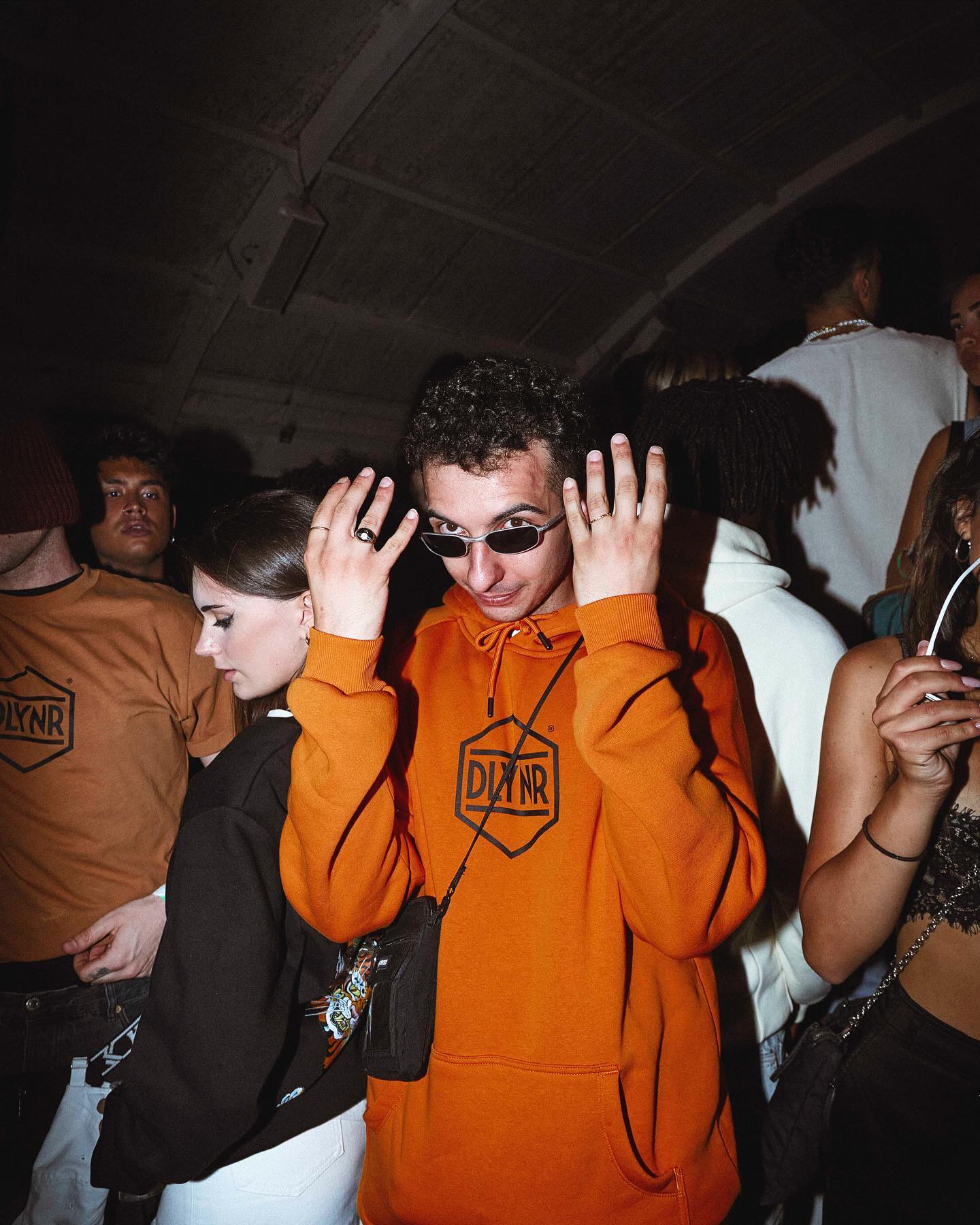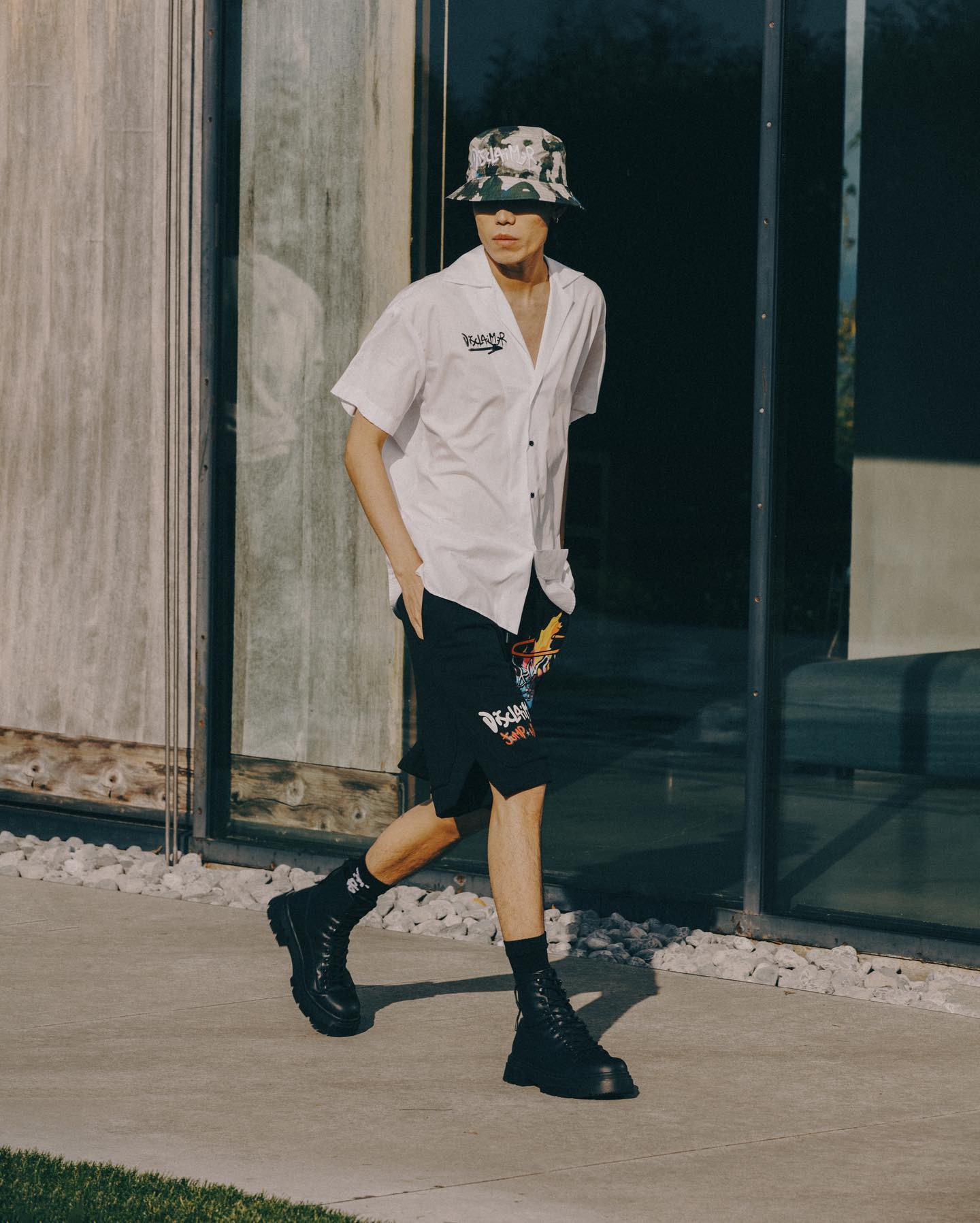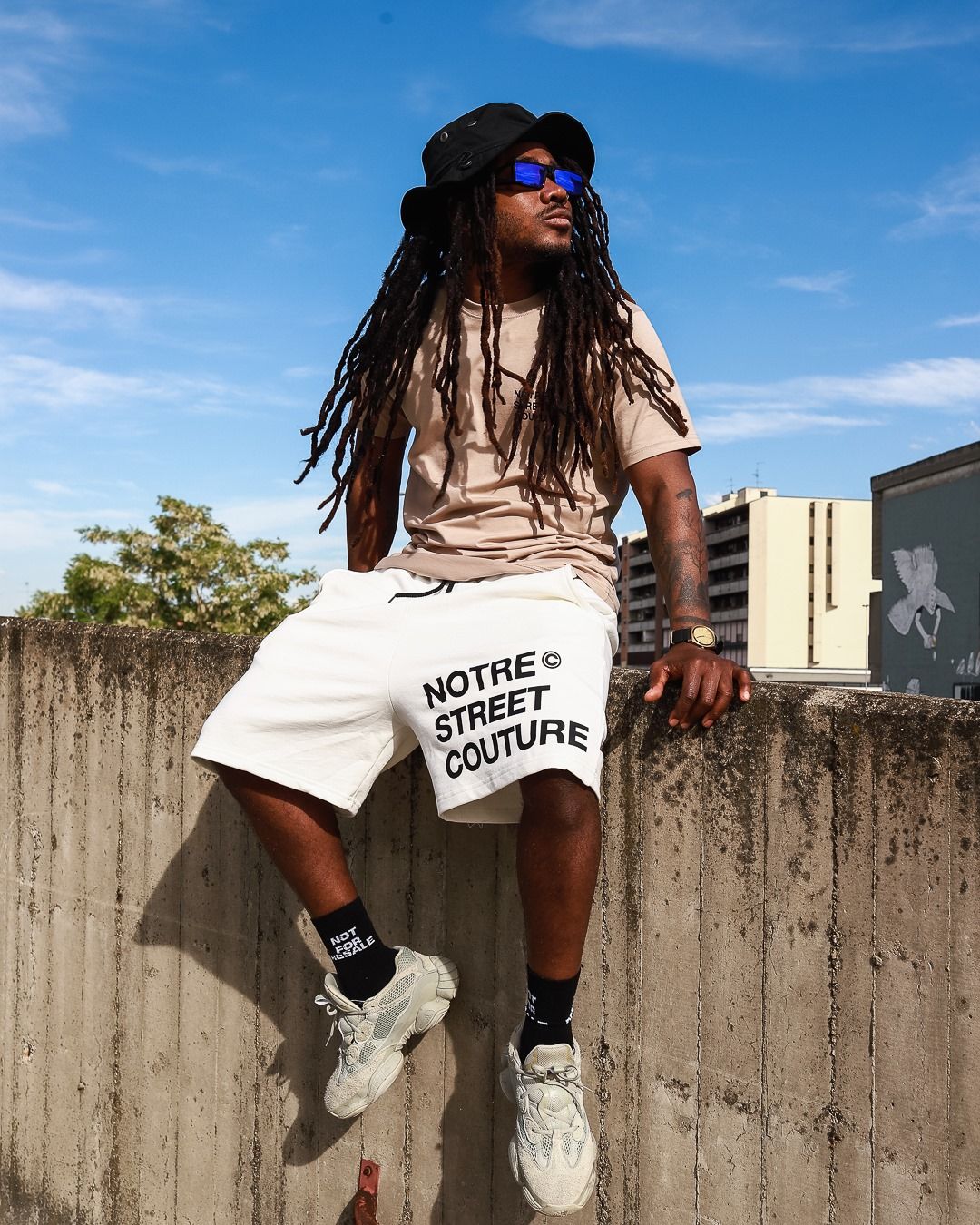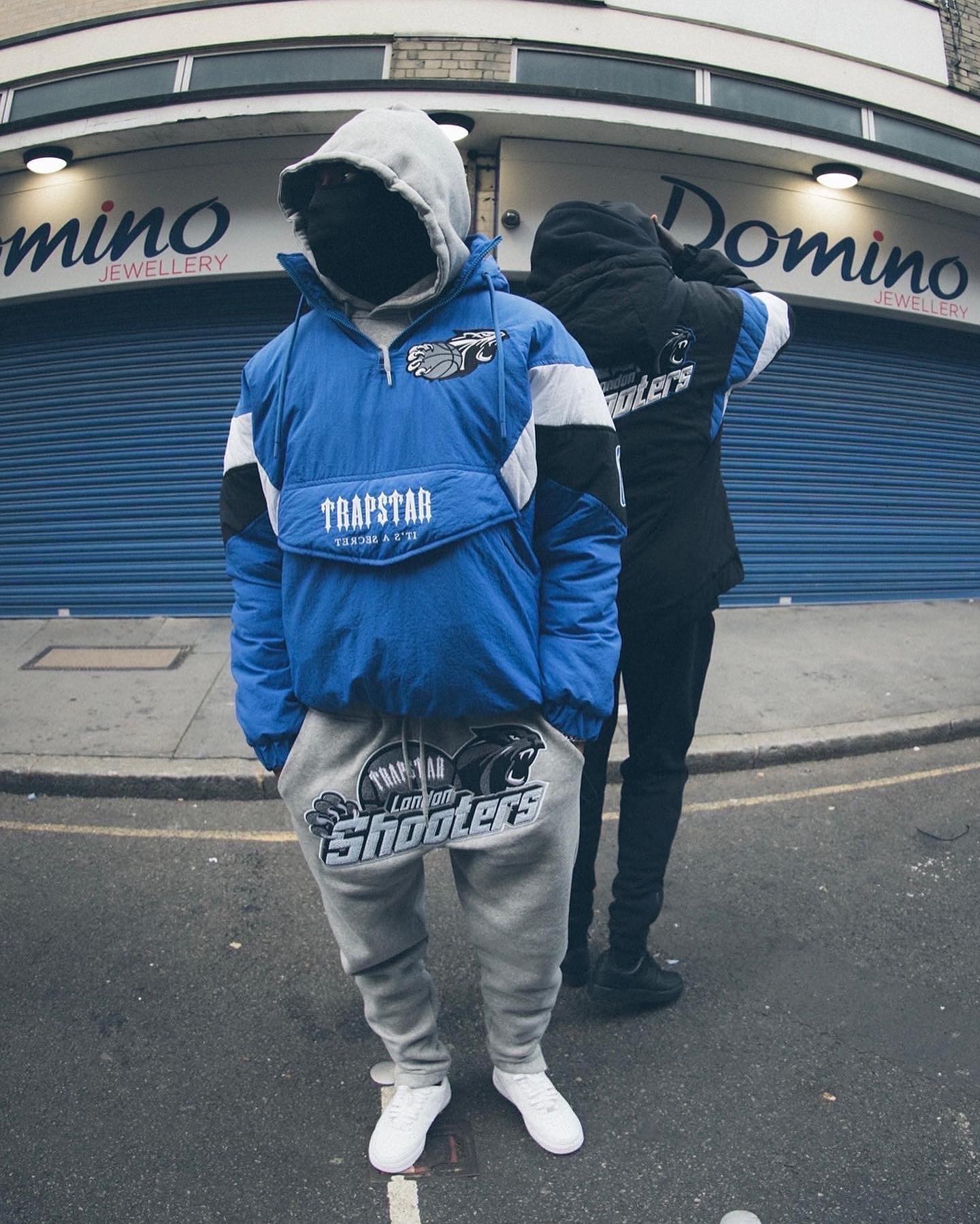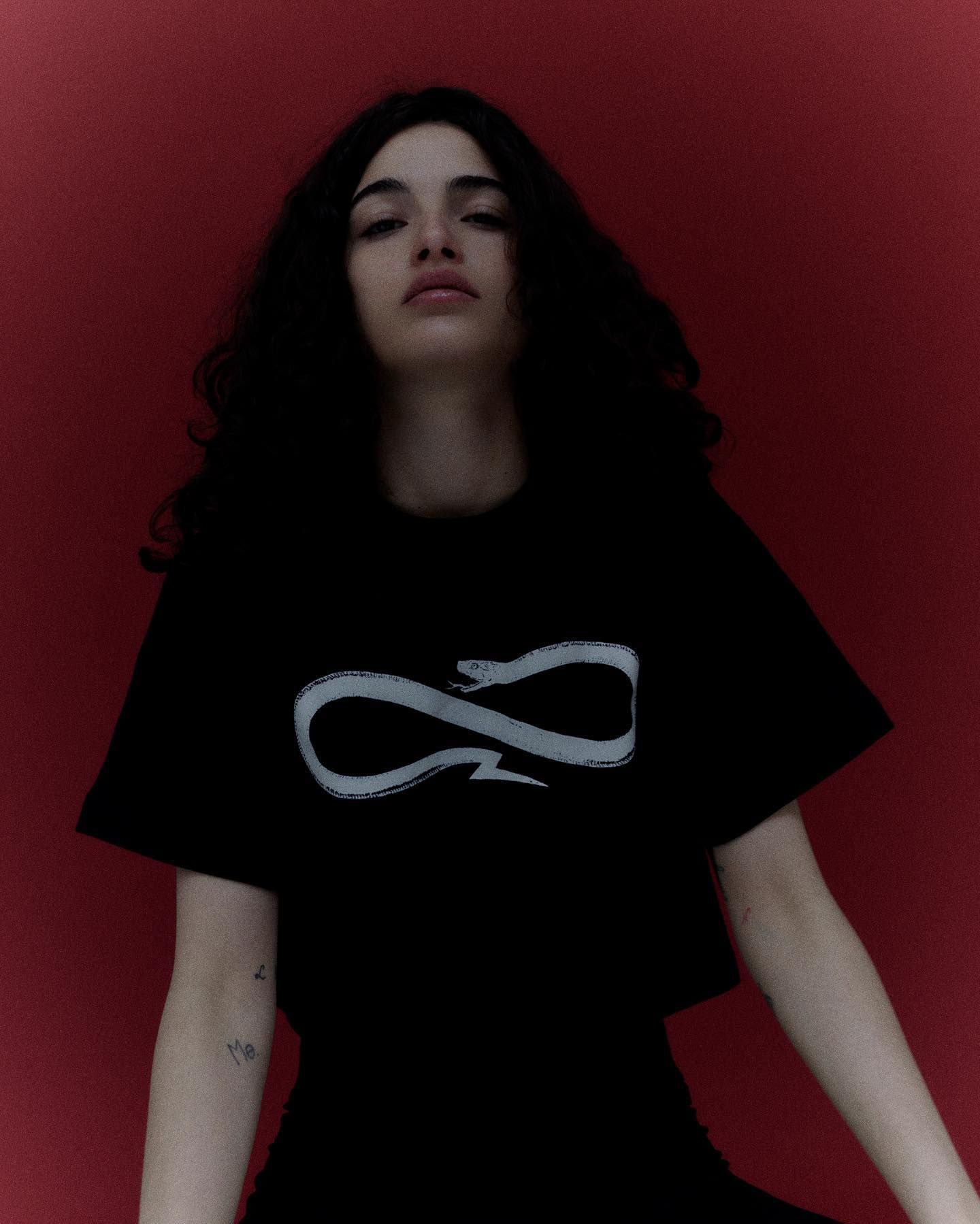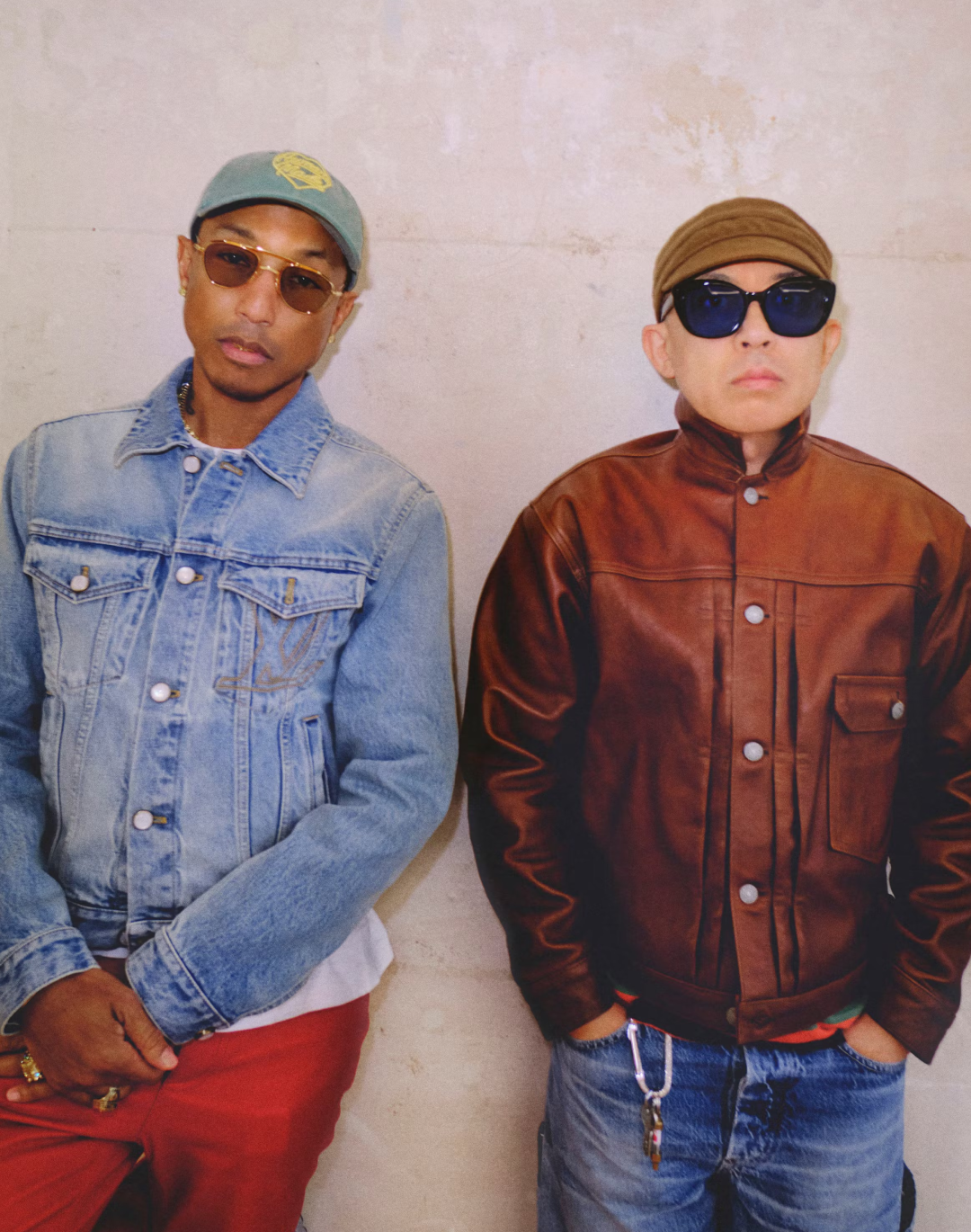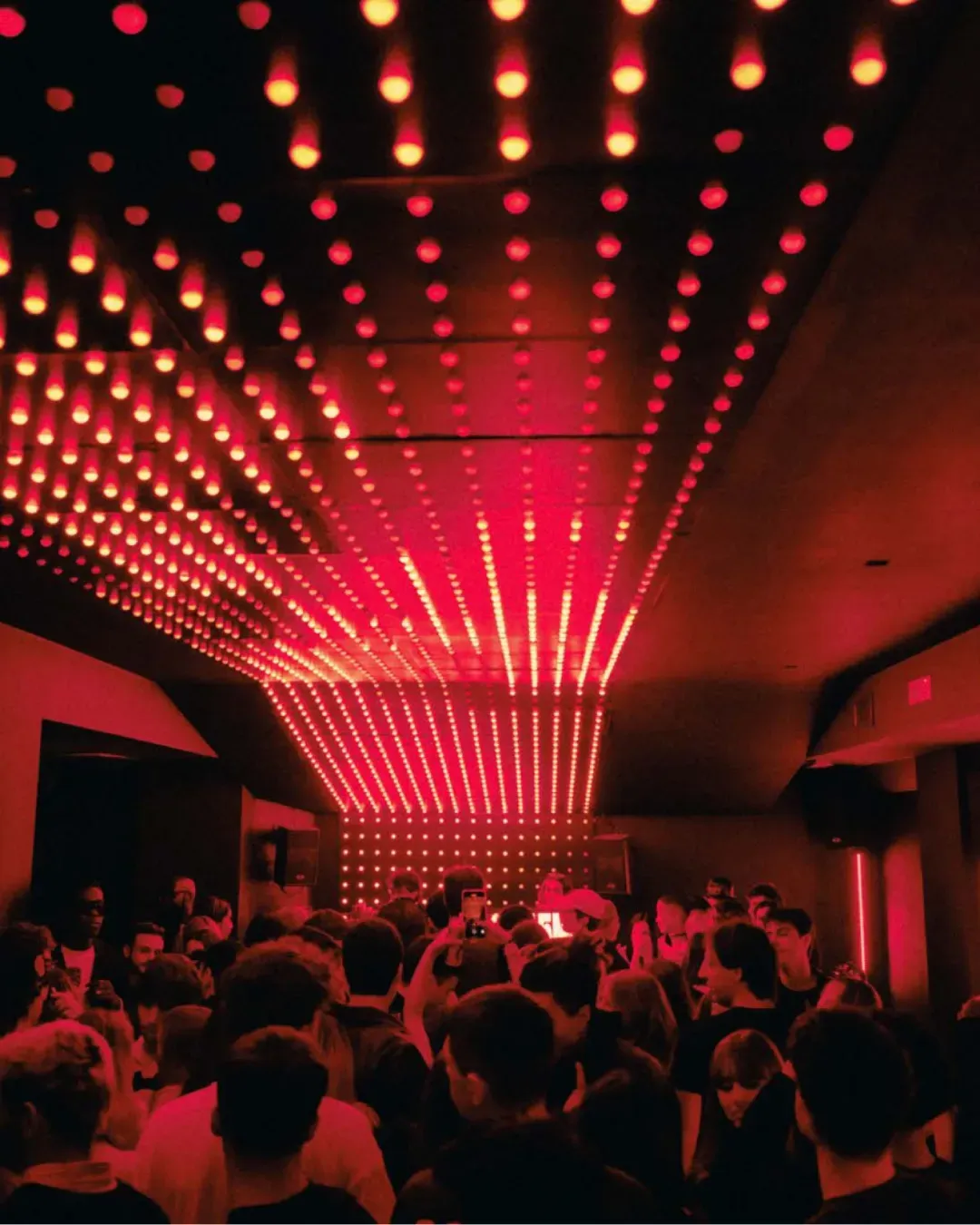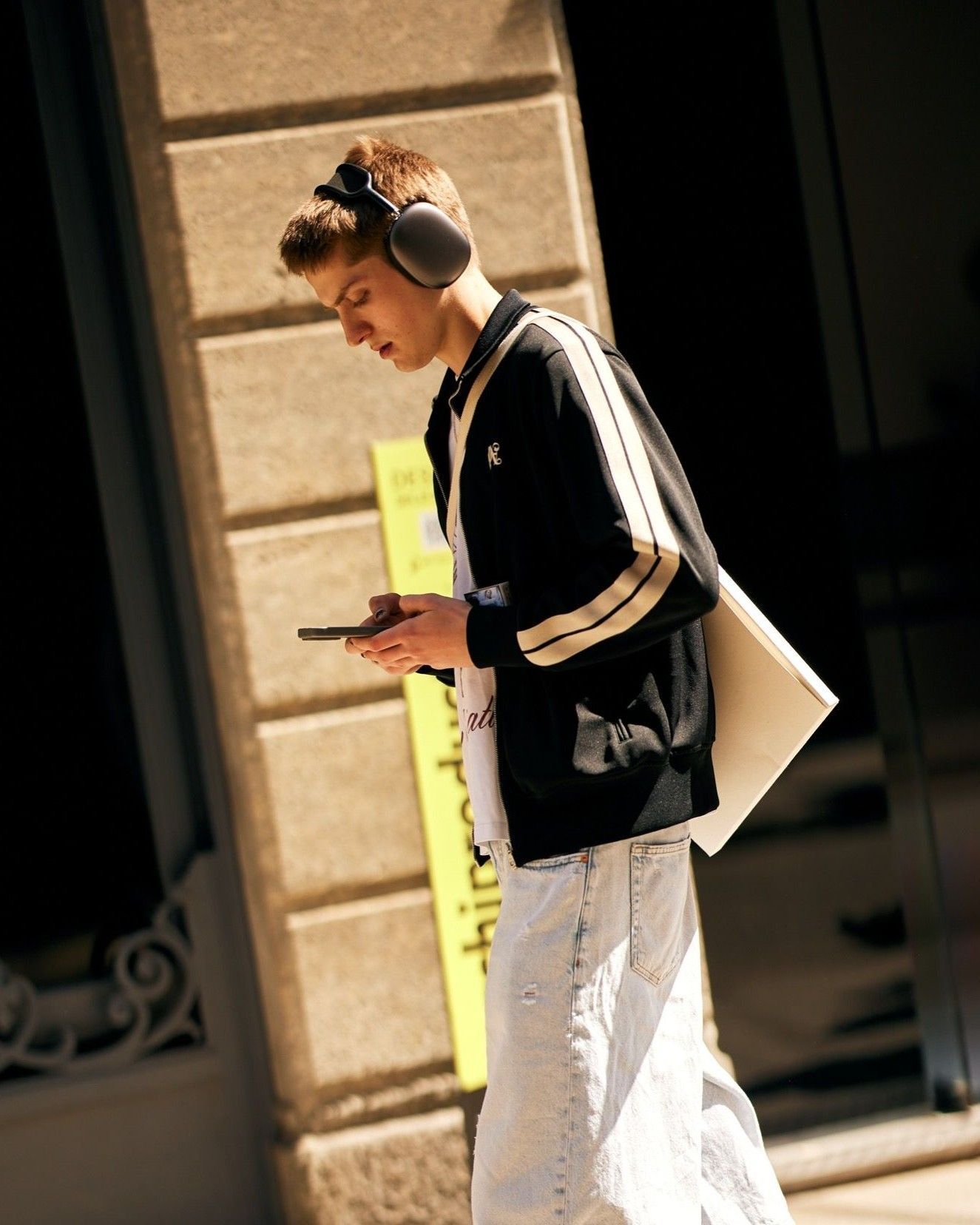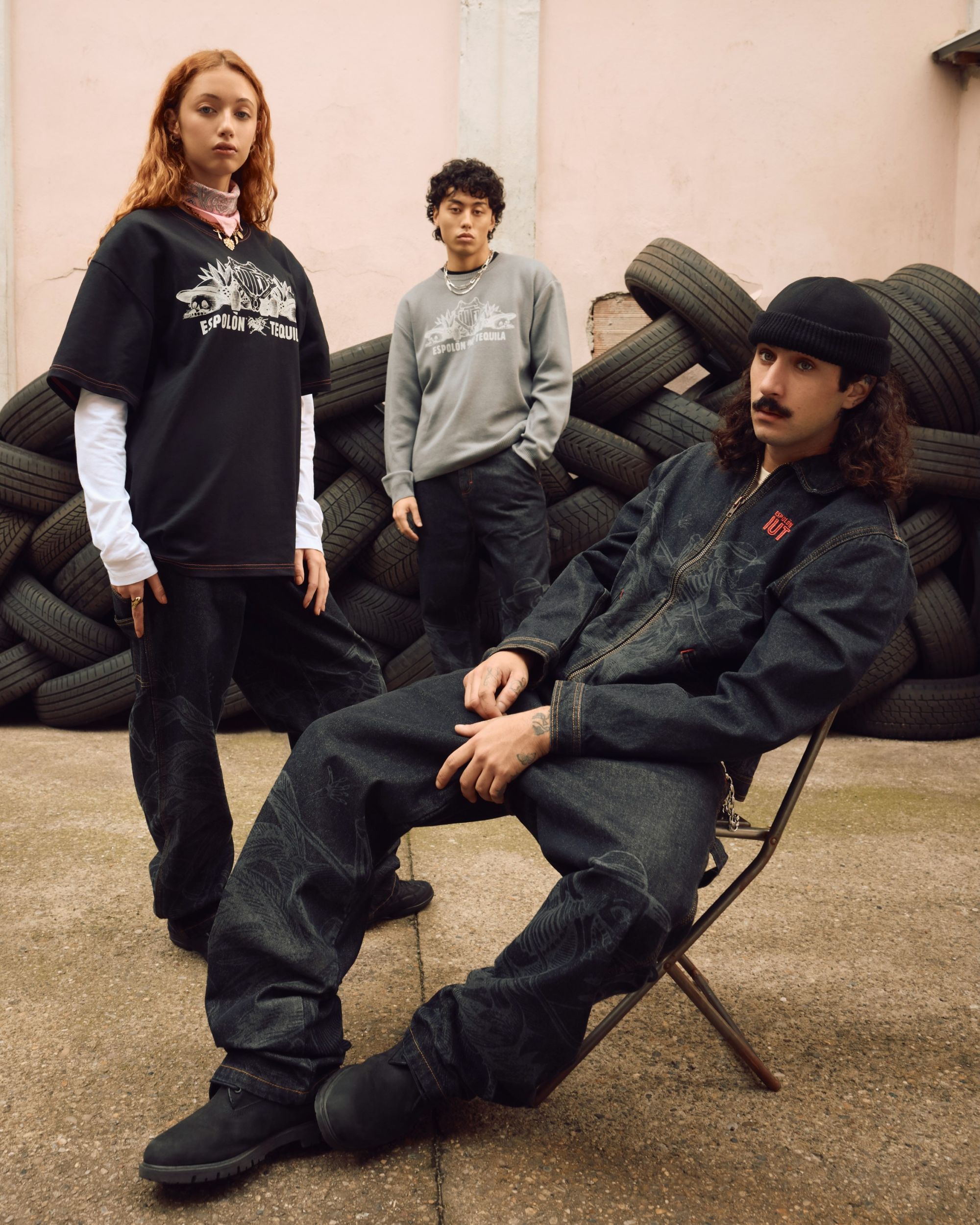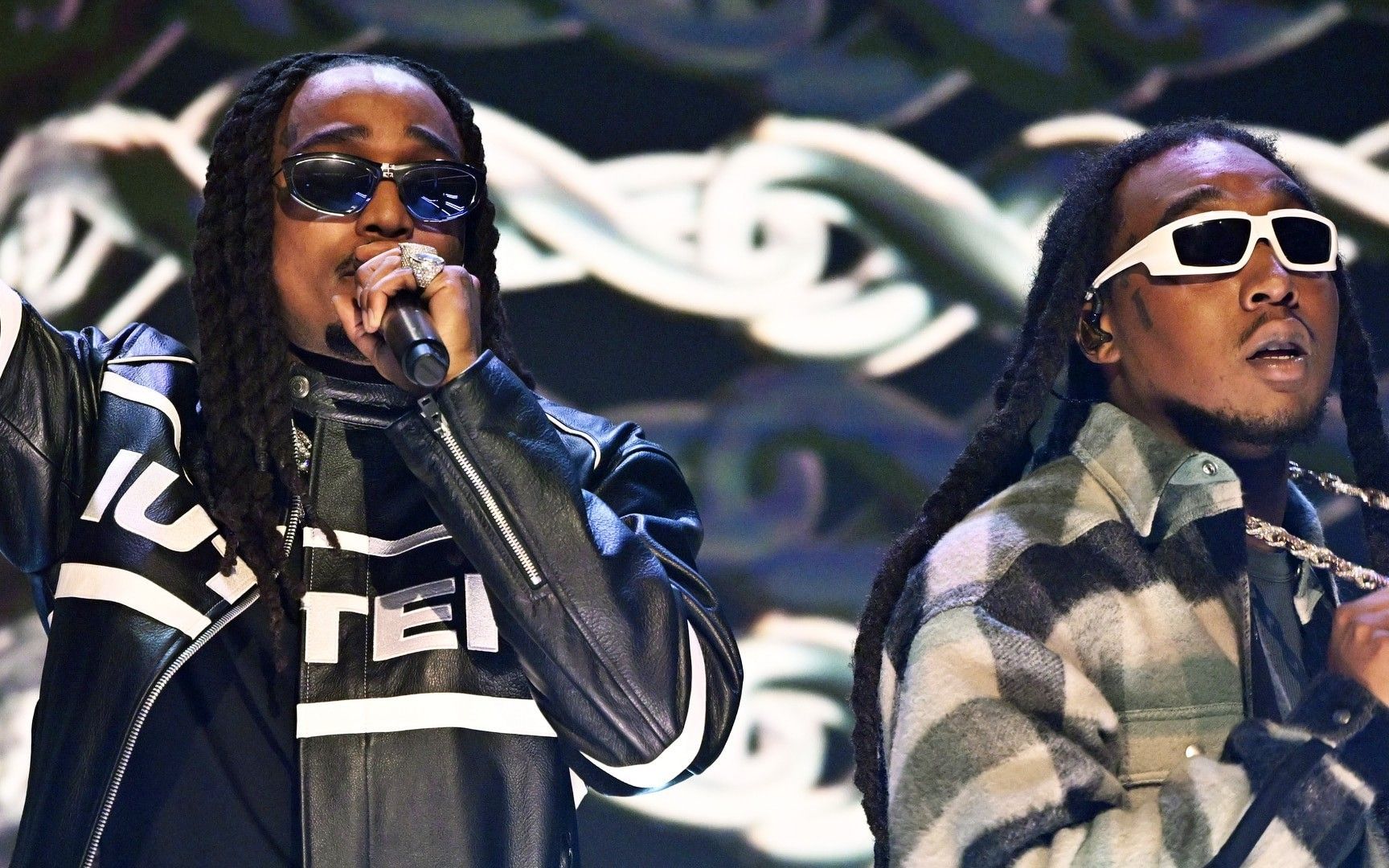
The secret second life of streetwear A trend beyond trends
Last week, on the stage of The Tonight Show of Jimmy Fallon, Quavo performed wearing a moto jacket by Iuter, an Italian streetwear brand with a 20-year history that had found itself on the crest of the trend wave when, in the early 2010s, streetwear itself had become the mainstream of fashion. Today the brand, along with others, represents a "real country streetwear" that exists and continues to grow in the context of a fashion that fell out of love with streetwear: on the last Off-White™ runway a SS23 collection was shown where in fact more boots and loafers were seen than sneakers and above all where blazers supplanted hoodies altogether. Elsewhere, during the main shows of the last fashion month, the mainstays of the streetwear world that were everywhere just five years ago were similarly absent, with the notable exception of Balenciaga's last show where hoodies, trackpants and sneakers continued to ply the runway virtually undisturbed. «Men now favour wider-legged cropped trousers, cargo pants and oversized shirts — clothing they can wear on most life occasions», consultant Chris Black tells Business of Fashion when talking about the menswear boom experienced by retailers in recent years. Balenciaga itself, by the way, has become more synonymous with couture shows, high-concept runways, and red carpets than with the Political Logo t-shirts and Triple S's seen on every influencer for a time but still sold by the ton. Meanwhile, classic streetwear brands, having evolved into globalized organisms and having raised their price points by following the tide of their own popularity, have lost in authenticity by moving away from the metaphorical streets and becoming more and more true fashion brands.
In short, if the macroscopic trend of streetwear has faded in the fashion world, it is because of its own success: luxury brands have co-opted it to death; heritage brands like Supreme or Stussy have become commercial giants resold by the pound on resell sites while, inspired by Abloh's teachings, a multitude of amateurs have begun to print and sell their own hoodies and t-shirts leading to a complete dilution of streetwear's appeal. While sneakers and hoodies still remain commercially solid and in many ways indispensable categories, in the front rows of fashion shows, in fashion week reports, and even for influencers their cultural centrality seems irretrievably lost even as their presence and popularity seems on the contrary to have solidified. Even brands such as Wardrobe NYC and Aimè Leon Dore, two potential examples of streetwear's survival, are more associated with luxe-minimalism and a preppy/vintage aesthetic, respectively, whose vision and perception is more top-down than bottom-up, i.e., derived from a vision and imagery that are proposed to the public by a designer, just as in fashion, and not from such diffusion among a niche audience that ends up making them globally popular, as streetwear does. Before hype culture, Supreme and Stussy, to give two examples, had in fact built a solid, engaged audience that kept them alive well before the boom in the global marketplace - when the global marketplace "discovered" them, the two brands were already cult-worthy.
@lucadeseta23 Felpe sotto i 50€ #fypシ #viral #streetwear #style Lo-Fi analog beat - Gloveity
If the OGs of streetwear today are brands with seasonal collections and creative directors who show up at fashion week shows, that accessibility and appeal today is in the hands of the new guard: it would be hard to spend an entire day walking the streets of Milan without seeing a sweatshirt or a hat from Iuter, Octopus Brand, or Dolly Noire while brands like Disclaimer, 545, Propaganda, Trapstar, or Vision of Super are becoming increasingly popular. For Gen Z specifically, however, the cultural discourse is being replaced by an economic one: in an elevated streetwear world where a hoodie costs €150, the very young are hunting for products under €50 and are turning, when not to workwear brands like Carhartt or Dickies, to fast fashion brands like H&M, Pull & Bear, Bershka, and Alcott. Curiously, however, the tastes of these new generations remain devoted to the aesthetics of famous streetwear brands such as BAPE, Palm Angels, Marcelo Burlon, and DSquared2 whose products, however, are almost always bought as fakes through every possible gimmick: they range from Padola sweatshirts sold on Amazon and Sprayground backpacks that rip off Nigo's aesthetic to under-the-radar counterfeit sales services that run through Telegram and Instagram with pages selling "discounted originals" with an 80 percent mark down with the implicit understanding that the products are fake.
It remains remarkable how, even after the hyper-dilution of the market brought by fast fashion, the aesthetics and style of BAPE's OG streetwear, of Tisci's Givenchy, of the early collections of Palm Angels or MSGM as well as Off-White and Marcelo Burlon continue to exist in a purely outward guise and that is detached from its cultural side and limited to the superficiality of its logos. In short, Gen Z appreciates the camouflage motifs and shark mouths of the faux BAPE that can be bought on Amazon for €25 but perhaps they buy it more out of an imitative mechanism than a real appreciation of Nigo, the Teriyaki Boyz, and Japanese streetwear; just as few members of Gen Z could tell the name of the founder of Palm Angels or could explain historically what influence Marcelo Burlon and the New Guards Group have had on fashion. A lack of knowledge that is not the fault of the new generation, mind you, but rather highlights how the aesthetic legacy of streetwear is actually remarkably durable - whether it is the uncritical but faithful imitation of the past or the independent brands that dominate the market today. What remains intact, however, is what Business of Fashion defines as «streetwear’s irreverence to fashion» and thus its ability to operate and thrive outside the confines of the industry and its trend cycles.











































